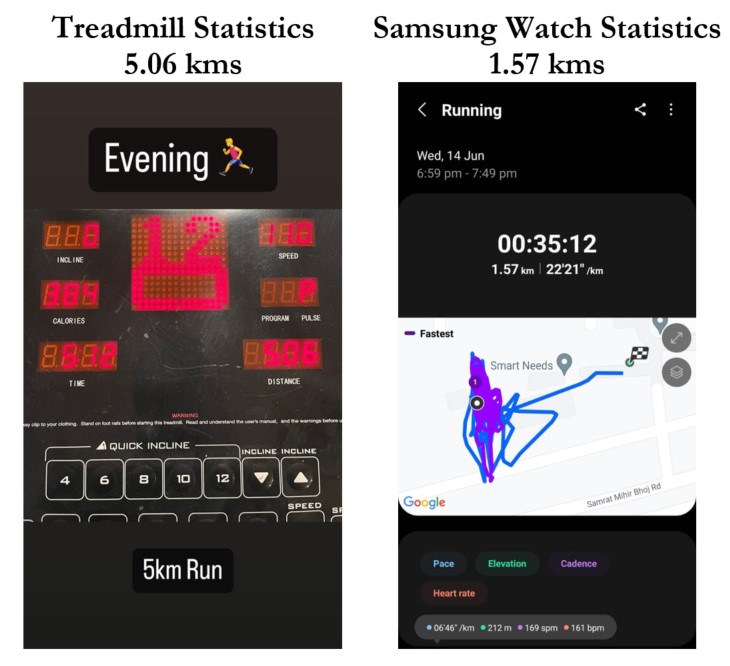Smartwatches have revolutionized the way we track our fitness goals and monitor our exercise routines. With advanced features and built-in sensors, these wearable devices provide valuable insights into our physical activities. However, when it comes to capturing accurate running statistics on a treadmill, many smartwatches, including popular models like the Samsung Galaxy Watch, fall short.
Do you know the science behind how smartwatches collect exercise statistics and why they struggle to provide precise data when running on a treadmill?
The Science of Smartwatch Exercise Tracking
Smartwatches utilize a combination of sensors, including accelerometers, heart rate monitors, and GPS, to collect exercise statistics. Accelerometers measure changes in motion and acceleration, heart rate monitors track the user's heart rate, and GPS helps determine distance and location. By analyzing data from these sensors, smartwatches estimate metrics like steps taken, distance covered, calories burned, and even running pace.
The Treadmill Conundrum
While smartwatches excel at capturing running statistics outdoors, they face challenges when it comes to accurately tracking treadmill runs. This is primarily due to the nature of treadmill running, where the lack of GPS and the consistent motion create discrepancies in the data recorded by the smartwatch. The absence of outdoor factors like changes in terrain, wind resistance, and incline levels further complicates the accuracy of treadmill-based measurements. As a result, smartwatches may struggle to provide precise readings of distance, pace, and calories burned during treadmill workouts.
Running stats mismatch on treadmill (5.06 kms) vs Samsung Watch (1.57 kms)

